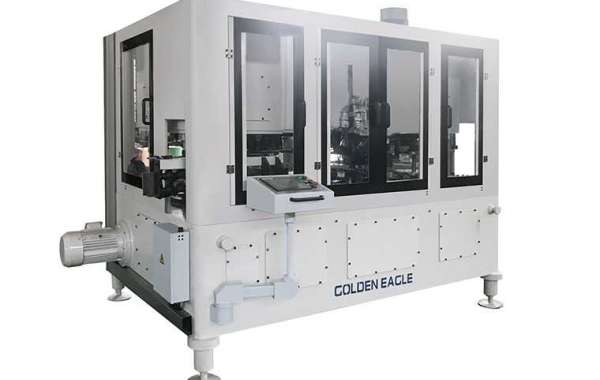(1) Classification by material
Can be divided into two major categories of steel and aluminum. The steel series mainly includes low-carbon thin steel plate, tin-plated thin steel plate, chrome-plated thin steel plate, aluminized thin steel plate, galvanized thin steel plate, etc .; the aluminum series mainly includes aluminum alloy thin plate and aluminum foil.
(2) Classification by material thickness
For plates and foils. The sheet is mainly used for manufacturing packaging containers, and the foil is mainly a component of the composite material.
The development history of metal packaging materials
The application of metal packaging materials on food machine production line began in 1200 AD. At that time, Bohemia, Czechoslovakia produced tinplate, but its production technology was not spread until 1620, when the Grand Duke of Southern Germany obtained the technology. Metal packaging has only begun to be widely used. In the latter part of the 17th century, people began to use tinplate to make metal buckets to hold dry food. In the 18th century, people began to use food cans to store food. In 1809, a chef and confectioner Nicholas Appert in Paris invented a can storage method, that is, to put food in a wide-mouth bottle, cover it with a cork stopper, give enough temperature to heat sterilize and remove the air, then seal Method can save food for a long time without corruption. In 1810, the British Peter Durand invented the technology of storing food in tin cans using the above principle, and tin cans were born. Before the Second World War, with the improvement of rolling technology and the invention of metal can making machines, the output of tinplate increased greatly. After the Second World War, due to the shortage of tin resources, in order to save tin, people developed tin-making materials or tin-free tin-making materials. As a result, poor-thickness tinplate, low-tinplate, and tin free thin steel plate came out one after another. In the 20th century, with the improvement of aluminum metallurgy technology, the improvement of rolling technology and the appearance of aluminum foil, aluminum began to be widely used in the packaging industry.
In recent years, the can-making technology has developed rapidly. It started as a three-piece can consisting of three parts: the can body, the can bottom, and the can lid.Later, the can body and the can bottom joined together and the can lid was composed of two parts. Tablet cans. The traditional three-piece tin soldering can uses tin-lead solder to weld the seam of the can body, which consumes much tin, and the lead content in the solder can contaminate the built-in food. With the appearance of tin free thin steel plate, people have successfully developed seam welding process. The process of seam welding cans is based on contact resistance, electric heating and melting, and then applying pressure to weld the can body. Later, there emerged a bonding can, which uses organic adhesives to bond the can body seam making process. Both of these methods eliminate the pollution of lead to the food in the can, and solve the problem that the tin-free steel plate cannot be tin-welded. They are widely used in the packaging of beer and carbonated beverages. The modern and advanced three-piece can manufacturing methods mostly use the seam welding method and the bonding method. It has broad development prospects, and tin solder cans have been eliminated in advanced countries such as Europe, America, and Japan. With the widespread use of aluminum in packaging, two-piece cans have appeared. Its structural integrity is strong, easy to decorate and print, and soon occupied the beverage packaging market. However, the production of aluminum consumes a lot of electric energy and its high price limits its usage. However, with the continuous improvement of the can-making process, two-piece cans have been successfully produced using tin-plated thin steel plates and tin free thin steel plates, and automated production lines have been used in industrial production to greatly improve the efficiency of can-making( It can reach 400 cans / min; the production speed of two-piece cans can reach 800-1200 cans / min), so the application prospect of metal cans in packaging is still very optimistic.
We wholesale can making machine and welcome to your come.








